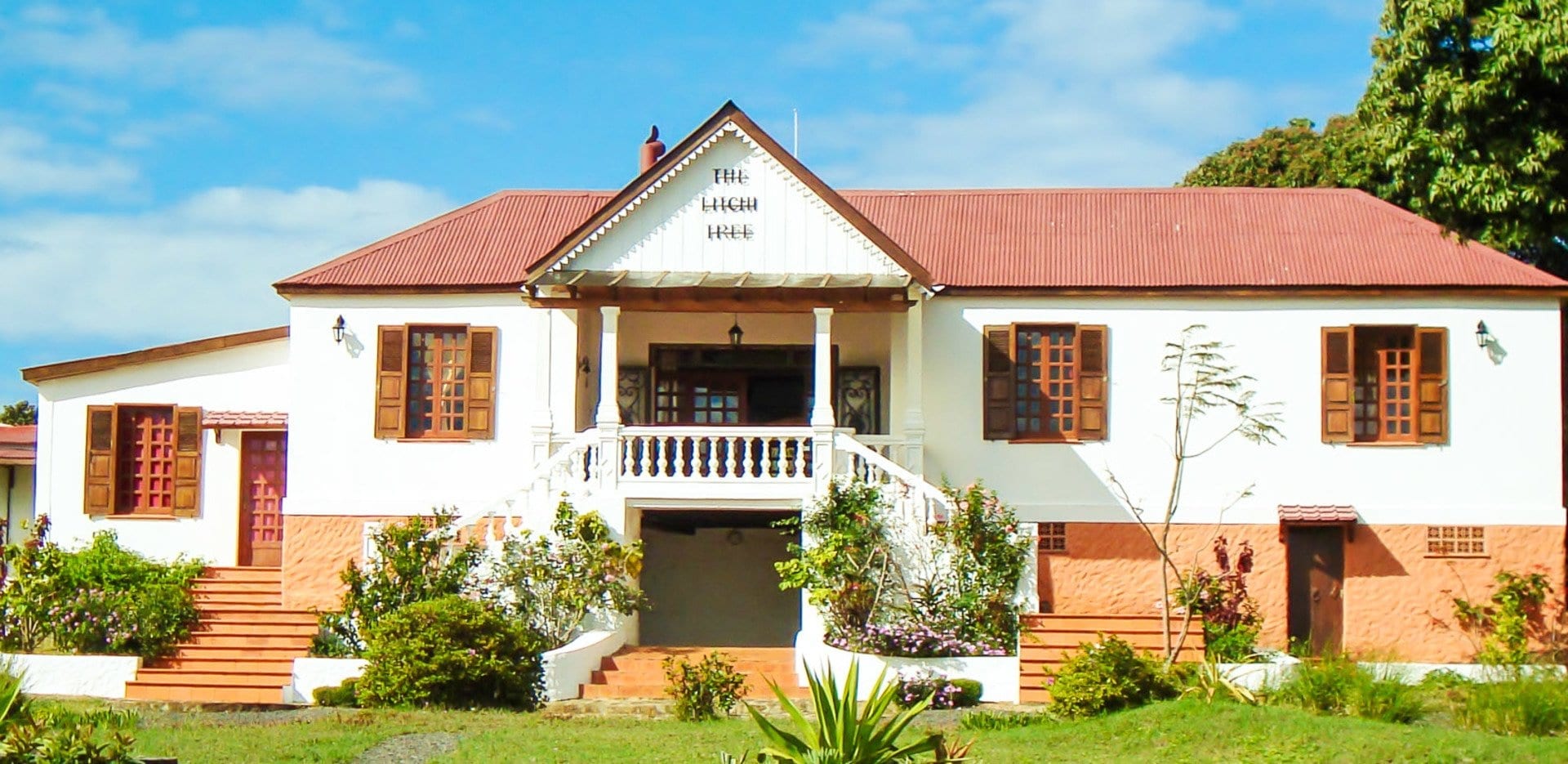
Eastern Madagascar
July 6, 2021
Southern Madagascar
July 6, 2021
Eastern Madagascar
July 6, 2021
Southern Madagascar
July 6, 2021
Northern Madagascar is home to a wide range of habitats including montane rainforest, limestone tsingy, remote beaches and idyllic islands.
Some of these areas are relatively easily accessible, whilst others are more remote and costly to access, but if you have the time and budget well worth it! Visitors may just visit one of these remote areas before returning to the capital or look to combine the two mainland national parks over 4-5 nights, before heading to the beach. The North for us has five main areas of interest.
Northern Madagascar FAQs
Northern Madagascar is home to some of the most unique and unusual species (some even dubb it as the most whacky fauna and flora) on the island and there is a great variety. Some of the ones to look out for include: 8 different lemur species (including the newly discovered Montagne d'Ambre Dwarf Lemur), russet ring-tailed vontsira (ring-tailed mongoose), genet-like Malagasy civet, chameleons such as the endemic Amber Mountain dwarf chameleon often hidden in plain sight. Some of the other lemur species to look for are the golden-brown mouse lemur, Sanford's brown lemur and the crowned lemur.
If Whale Sharks are your thing, then snorkeling or diving with them off Nosy Be is a must.
There is a great diversity of accommodation in northern Madagascar from Litchi Tree at Montagne D'Ambre to Ihrana Bush Camp at Ankara. If the beach is more your scene then you'll enjoy Constance Tsarabanjina at Nosy Be or Miavana Private Island.
NORTHERN MADAGASCARAREAS OF INTEREST
- Montagne D'Ambre National Park
- Ankarana National Park
- Nosy Be & Surrounding Islands
- Miavana Private Island
- Masoala

The hub of the northern mainland is the town of Diego-Suarez where most people will fly into to access the two main national parks on the mainland. Firstly we have Montagne D'Ambre National Park. This volcanic massif and its surrounding forests are now one of the country’s best examples of ecotourism which invites local community participation in planning and management. Thousands of acres of montane rainforest are home to extraordinary plant and animal life and one of the most visitor-friendly of the island’s protected areas with broad trails and a cooler climate. Our pick on accommodation here is the lovely Litchi Tree.
Select an accommodation below to find out more.

Further south you have the stark contrast of Ankarana National Park. Ankarana is an island of limestone Tsingy amidst dry deciduous and riverine forest. The limestone massif is penetrated by numerous caves and canyons. In addition to the Tsingy and forest, you can visit the Lac Vert (a beautiful crater lake), Andrafiabe Cave and Crocodile Cave, home to the world’s only cave-dwelling crocodiles. Our top pick of accommodation here is Iharana Bush Camp.
Select an accommodation below to find out more.

If you are combining Montagne D'Ambre and Ankarana National Park and looking for relaxing time, then the next logical stop would be Nosy Be and it's surrounding islands and beaches. Nosy Be itself is home to many larger resorts that do cater for mainly Italian and French markets, we tend to recommend visiting one of the more remote islands or beaches in this area. Our top picks to consider are Eden Lodge, Tsara Komba, Contstance Tsarabanjina and on Nosy Be itself if you wish to be there Palm Beach.
Select an accommodation below to find out more.

In the North we have two very remote locations that are both equally stunning in their own right.
Miavana Private Island, is designed by the creators of North Island in the Seychelles (the choice of honeymoon location for Royals William & Kate). Miavana is located on a private island, Nosy Ankao, off the north-eastern coast of Madagascar and is surrounded by a pristine reef offering superb snorkelling and diving opportunities, as well as whale and dolphin watching, deep-sea fishing beyond the reef, jet skiing, kite surfing, helicopter flights, along with land based activities including Lemur trekking.
Select an accommodation below to find out more.

Masoala is a densely forested peninsula containing the largest remaining block of protected rainforest in Madagascar and harbours a wealth of rare and unique species including the Red-Ruffed Lemur, seen only in Masoala. The national park covers 240,000 ha of the peninsula as well as three marine areas. This is the wettest place in Madagascar and the trails can be quite steep and muddy so it is best to visit this area if you are physically fit and will to take on the infrequent flights and additional boat trip to get there. Saying that very lucky visitors may even be able see the elusive Aye-Aye, surely Madagascar’s strangest lemur species and making the journey worth it!
Select an accommodation below to find out more.




























